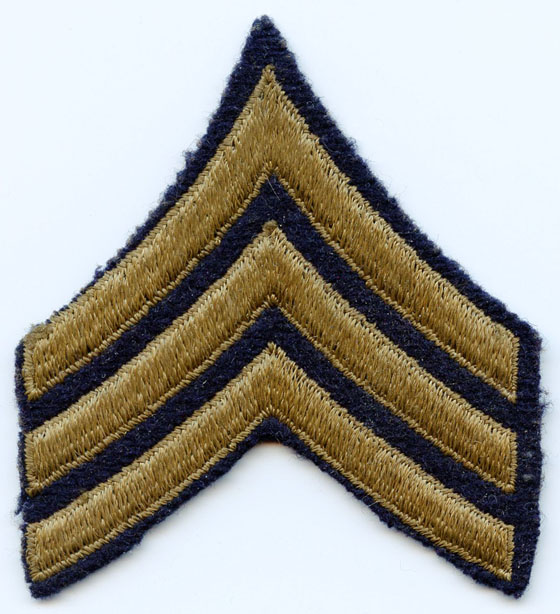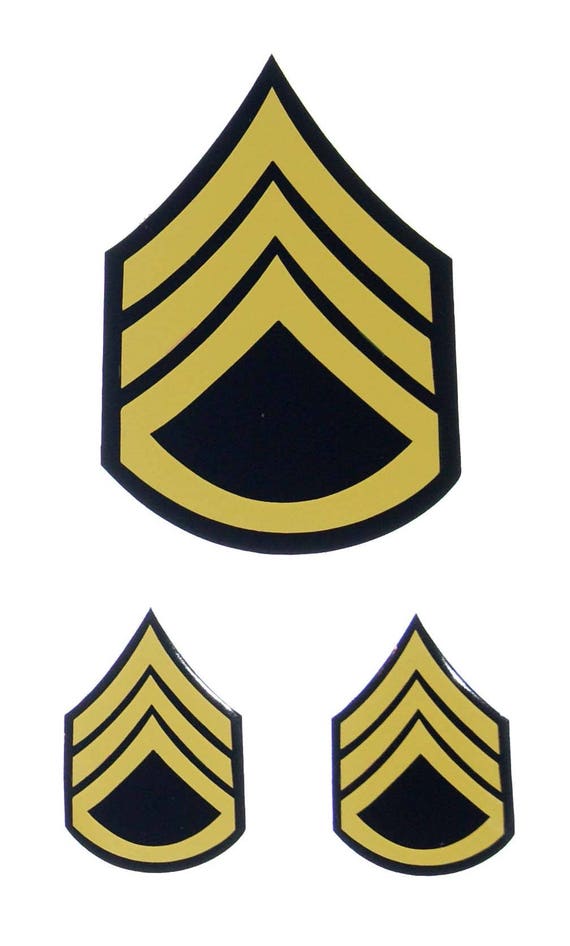
It consists of a traditional diamond sewn in the "V" above the grade chevron.

Twining, approves a new distinctive insignia for First Sergeants. On this day the new Chief of Staff, General Nathan F. This is not expected to occur until June 1955. However, the procurement action is deferred until existing stocks of the current chevrons are depleted. The - proposed-new-chevrons for the three lower airman grades are approved by General Vandenberg.

Preliminary sketches of proposed insignia have the stripes at a horizontal level, reserving the angled stripes for the toop three ranks to differentiate Non-Commissioned Officers (NCOs). The new titles, from bottom to top, are:Īt this time it is planned to develop new insignia for the three classes of Airmen (First, Second, and Third). The titles of the ranks changed (although not the chevrons). Plans for improving the quality of non-commissioned officer leadership hinged upon this change : now that the change was made, plans for investigating and improving the quality of this leadership began. The primary objective desired in changing the airman grade structure was the restriction of non-commissioned officer status to a group of higher grade airmen sufficiently small in number to permit them to function as non-commissioned officers. The change was embodied in Air Force Regulation 39-36 on 24 April 1952. Studies made in 19 proposed to change the enlisted grade structure and was adopted by the Air Council and Chief of Staff in March 1952. " Formerly, Air Force enlisted personnel were still called "Soldiers." 7 General Vandenberg directed that from this day forth, enlisted personnel of the Air Force will be called "Airmen" to distinguish them from "Soldiers" and "Sailors. Master Sergeant (six stripes and tithe only rank approved for First Sergeant Duties) (See Figure 2).The rank titles, from bottom to top, are: This difference in size created the official term of "WAF (Women in the Air Force) chevrons" in reference to the three inch stripes. 4 At this time the size of the new chevrons are determined to be four inches wide for men, three inches for-women. The silver grey color contrasts with the blue uniform and might suggest clouds against blue sky. The stripes might be the bars from the aircraft insignia slanted gracefully upward to suggest wings.
Army sergeant stripes Patch#
The patch featured wings with a pierced star in the center while the aircraft Whoever designed the stripes might have been trying to combine the shoulder patch worn by members of the Army Air Force (AAF) during World War II and the insignia used on aircraft. General Vandenberg therefore approved the choice of the enlisted majority. These minutes reveal that chevron designs were sampled at Bolling Air Force Base and the style used today was selected by 55% of 150 airmen polled. There is no documented official rationale for the design of the present USAF enlisted chevrons, except the minutes of a meeting held at the Pentagon on 9 March 1948, chaired by General Hoyt S. Master Sergeant (three upward and three rocker stripes) and the position of First Sergeant (same as a master sergeant's stripes, but with a diamond between the upward stripesand the rocker stripes) (See Figure 1).Technical Sergeant (three upward and two rocker stripes).

Staff Sergeant or Technician Third Grade (three upward stripes with one "rocker" stripe or the same with a "T" in the space between the stripes and the rocker).Sergeant or Technician Fourth Grade (three upward stripes or three upward stripes with the capital letter "T" underneath).Corporal or Technician Fifth Grade (two upward stripes or two upward stripes with the capital letter "T" under the stripes).First Class (one inverted "V" upward stripe).The ranks, from lowest to highest, were as follows : Army Air Force to the United States Air Force, the enlisted rank chevrons retained the "Army look. 1Īt the time of this transition from the U. Spaatz became the USAF's first Chief of Staff.

Stuart Symington became Secretary of the Air Force, and on 26 September General Carl A. Under the Department of the Air Force, the act established the United States Air Force, headed by the Chief of Staff, USAF. It created the Department of the Air Force, headed by a Secretary of the Air Force. The National Security Act of 1947 became law on 26 July 1947.


 0 kommentar(er)
0 kommentar(er)
